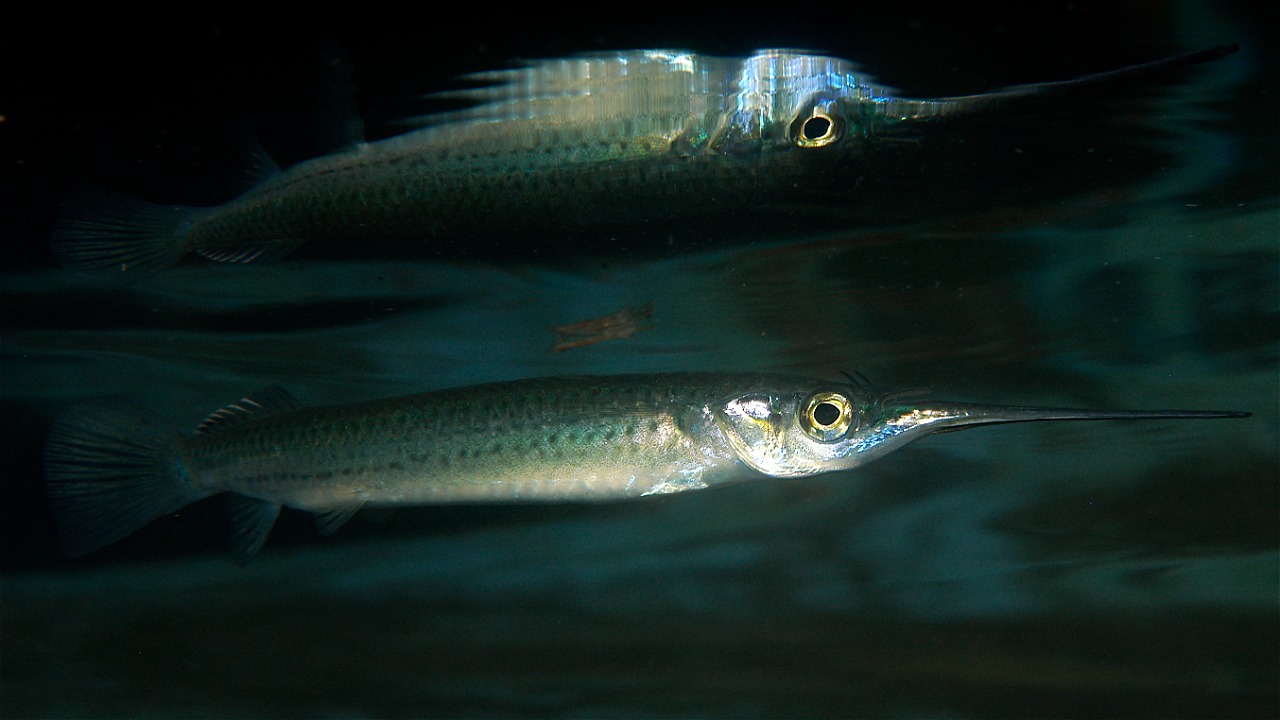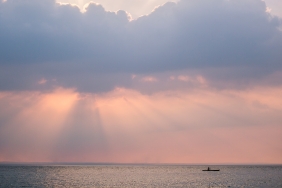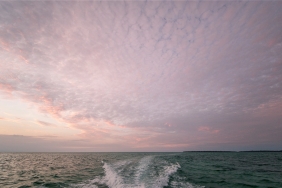THE STORY OF THE KATALOKA COUNTRY JULUNG-JULUNG FISH THAT IS HUNTED BY PROFIT SEEKERS
By: Aliana Nafsal (Fisheries Officer, WWF-Indonesia)
Every eastern season that takes place in May-September, julung-julung fish (Hemirhamphus sp.) dominates the fish catch in Gorom Island, Petuanan Adat Kataloka, East Seram Regency. Julung-julung is one of the fish species targeted by fishermen in Aroa Administrative Village. This fish is also a favorite food for the people of Eastern Indonesia. This year, the catch of julung-julung fish on Gorom Island is abundant and brings blessings of profit to fishermen.
Usually fishermen catch fish around Gorom Island. However, in the eastern season this year fishermen are more focused on catching fish in the waters of Rumeon Administrative Village. This is because the eastern part of Gorom Island waters is experiencing high waves so fishermen choose other locations.
During the julung-julung season, fish can be found in every corner of the neighborhood. Residents generally process julung-julung traditionally into dried julung or make sambal roa. Processing julung-julung into sambal roa is one of the training materials for processing fishery products from WWF-Indonesia in Petuanan Adat Kataloka. Given the large number of catches in the julung-julung season, fresh fish that have not been sold can be processed into sambal roa to diversify food and increase community income.
The process of selling julung-julung fish in the last two years has been very different compared to previous years. The sales process in the last two years has always been carried out in the middle of the sea.
This is contrary to previous habits or rules. In the past, when fishing in the coastal waters of Rumeon Administrative Village, the caught fish were landed on the beach from the jade boat. Then, the catch was brought to the Heads of Hamlets and then sold to the community.
Different from the previous custom, nowadays the collectors or jibu-jibu use a boat to the middle of the sea to the giok boat that catches the fish. In the middle of the sea, the collectors directly buy the fish and bring it to the mainland to be sold to the community.
Before being sold, the caught julung-julung are placed in a rectangular bamboo frame called wayah. One wayah contains 20 fish. The price of fish bought by collectors from jade boats is IDR 10,000/wayah. Meanwhile, the price sold to the community reaches twice as much to Rp 20,000/wayah.
This sales process by collectors is very troubling for the community, especially the people of Rumeon Administrative Village because the price has doubled. Fortunately, the action of selling in the middle of the sea only applies in Rumeon Administrative Village. In the coastal waters of Samboru Hamlet or in East Gorom, julung-julung fish are landed directly on the beach and then the community buys them directly from the fishermen.
In Petuanan Adat Kataloka, WWF-Indonesia with the support of the Sustainable Ecosystems Advanced Project (USAID SEA) made efforts to improve capture fisheries and educate the community about sustainable fisheries, so that they are not only looking for profit. One of the efforts to maintain the stock of julung-julung fish is to limit the time and area of fishing.
Limiting the time and area of capture of julung-julung fish is very possible because generally the fish comes to the coastal area to spawn. If caught before spawning, it can break the regeneration and sustainability of the resource. Therefore, fishermen need to be educated on how to catch julung-julung in a sustainable and responsible manner in order to preserve the fish, which is the raw material for the delicious sambal roa.





